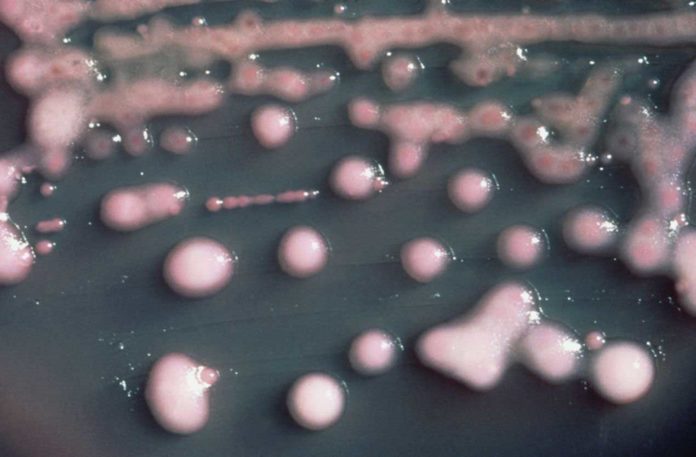Fatty liver disease (FLD), which includes nonalcoholic fatty liver disease (NAFLD) and alcoholic FLD is typically initiated by fat deposition in the liver, with subsequent liver injury. It affects about a quarter of the adult population globally, but its cause remains unknown.
Now scientists have linked NAFLD to gut bacteria that produce a large amount of alcohol in the body, finding these bacteria in over 60% of non-alcoholic fatty liver patients.
Scientists discovered the link between gut bacteria and NAFLD when they encountered a patient with severe liver damage and a rare condition called auto-brewery syndrome (ABS). Patients with ABS would become drunk in the wake of eating alcohol-free and high-sugar food. The condition has been related to a yeast infection, which can produce ethanol in the gut and lead to intoxication.
Scientists primarily thought that it was because of yeast, but the test result for this patient was negative. Analyzing the patient’s feces, scientists detected that the patient had several strains of the bacteria Klebsiella pneumonia in his gut that produced high levels of alcohol.
Scientists examined the gut microbiota from 43 NAFLD patients and 48 healthy individuals. They found about 60% of NAFLD patients had high-and medium-alcohol producing K. pneumonia in their gut, while just 6% of healthy controls convey these strains.
To examine if K. pneumonia causes fatty liver, scientists fed germ-free mice with high-alcohol-producing K. pneumonia isolated from the ABS patient for three months. These mice started to develop fatty liver after the first month.
By two months, their livers showed signs of scarring, which means long-term liver damage had been done. The progression of liver disease in these mice was comparable to that of mice fed with alcohol. When the team gave bacteria-fed mice with an antibiotic that killed K. pneumonia, their condition was reversed.
Lead author Jing Yuan at Capital Institute of Pediatrics said, “NAFLD is a heterogeneous disease and may have many causes. Our study shows K. pneumonia is very likely to be one of them. These bacteria damage your liver just like alcohol, except you don’t have a choice.”
“However, it remains unknown why some people have high-alcohol-producing K. pneumonia strain in their gut while others don’t.”
Co-author Di Liu at the Chinese Academy of Sciences said, “It’s likely that these particular bacteria enter people’s body via some carriers from the environment, like food. But I don’t think the carriers are prevalent — otherwise, we would expect a much higher rate of NAFLD.”
“Also, some people may have a gut environment that’s more suitable for the growth and colonization of K. pneumonia than others because of their genetics. We don’t understand what factors would make someone more susceptible to this particular K. pneumonia, and that’s what we want to find out next.”
Yuan said, “This finding could also help diagnose and treat bacteria-related NAFLD. Because K. pneumonia produces alcohol using sugar, patients who carry these bacteria would have a detectable amount of alcohol in their blood after drinking a simple glucose solution. In the early stages, fatty liver disease is reversible. If we can identify the cause sooner, we could treat and even prevent liver damage.”
Liu said, “Having these bacteria in your gut means your body is exposed to alcohol constantly. So does being a carrier mean you would have higher alcohol tolerance? I’m genuinely curious!”
